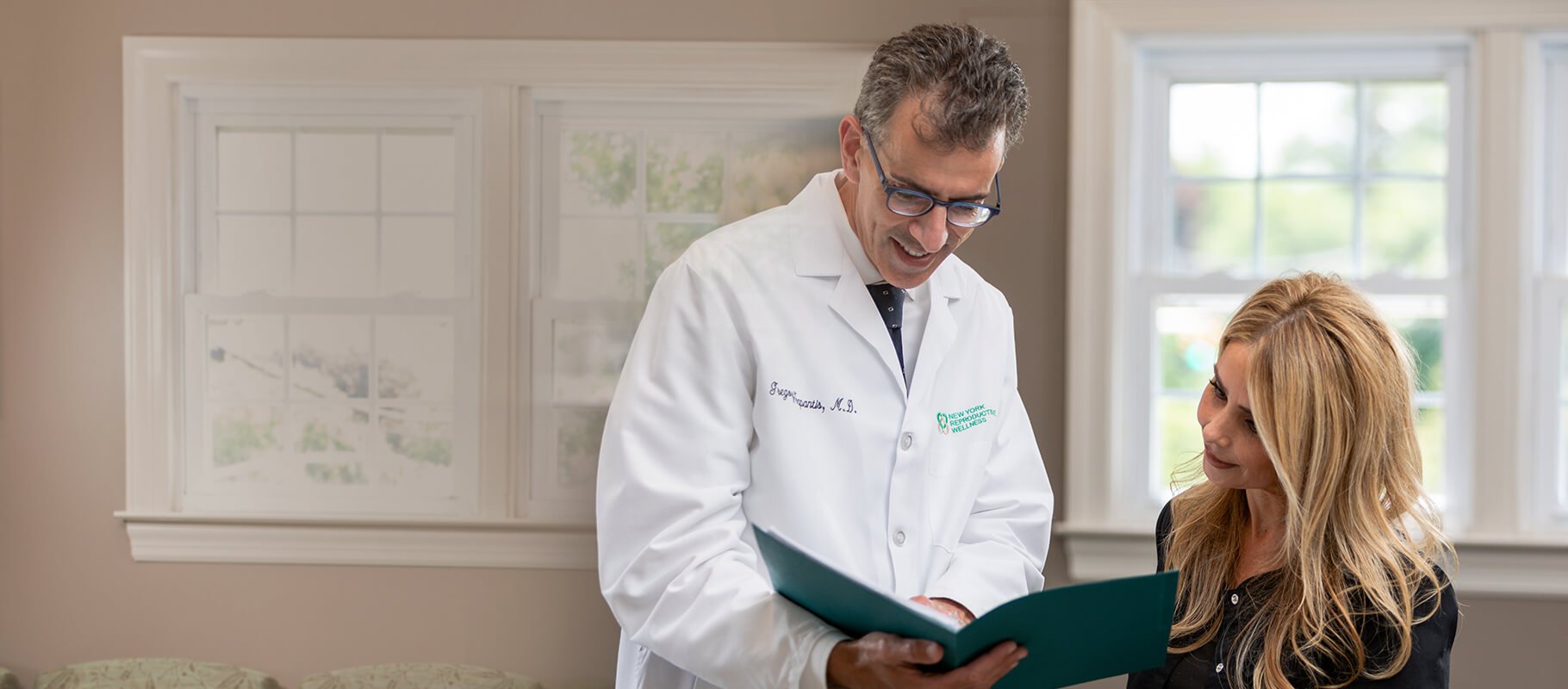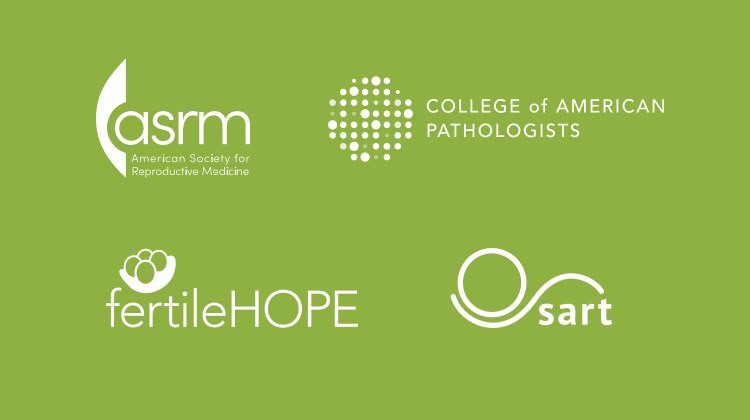Donor Egg IVF: Here's What You Need to Know

For some women, becoming pregnant using their own eggs isn’t possible. Fortunately, there are other options. Some women are unable to produce an egg that leads to pregnancy due to various medical reasons. In these cases, donor egg in vitro fertilization (IVF) may be a viable option. With donor egg IVF, an egg from a donor is fertilized with the father’s sperm and implanted into the intended mother’s womb.
Women experiencing premature menopause, decreased ovarian activity, or poor egg quality are often candidates for a donor egg. Having gone through IVF previously without success, being a known carrier of genetic diseases, and being over the age of 40 also qualify a woman for donor egg IVF. The treatment may be an option for same-sex couples as well.
Fresh vs. Frozen Donor Eggs Couples undergoing donor egg IVF can choose between a fresh donor IVF cycle and a frozen donor IVF cycle. Many people decide to use a fresh egg from a donor, close friend, or family member. However, this method may extend the IVF timeline since a suitable donor must first be found and then agree to the procedure. In addition, fresh egg donation means both the mother and donor will undergo treatments before the actual IVF.
A frozen donor egg may also be selected from a bank or registry. This allows the couple to accelerate the procedure because they can pick a donor egg with the characteristics they’re looking for and start preparing for IVF soon after.
A clinic specializing in reproductive health can help guide couples to the right solution for their unique circumstances. Doctors and care staff can also detail the legal issues and costs involved with donor egg IVF. Once couples understand all the relevant factors, the IVF process begins.
Preparing for Donor Egg IVF To achieve a successful pregnancy via fresh donor egg IVF, the mother’s and donor’s menstrual cycles should be synched. Medications to encourage ovulation ensure the donor will produce eggs, while a dose of progesterone prepares the mother’s womb for the embryo.
When the donor’s eggs are ready for fertilization, the donor goes to a clinic where an egg is harvested using a ultrasound-guide needle. More than one egg may be retrieved and fertilized with the father’s sperm, typically on the same day.
Two to five days later, the embryo is placed in the intended mother’s uterus. A pregnancy test is administered about 10 days after the transfer to see if the mother has become pregnant. If the treatment is successful, the mother will be put on a regimen of progesterone and estrogen for 10 weeks to help produce the necessary hormones to support the embryo.
Success Rates and Possible Risks According to the Society for Assisted Reproduction Technology (SART), nearly 49% of fresh donor egg IVFs result in a live birth. Similarly, the percentage for frozen eggs is nearly 40%. The couple can also opt to freeze several embryos if the first IVF attempt isn’t successful.
While IVF is generally a safe and trusted procedure, there are some risks for both mother and donor. Since more than one embryo is implanted in the womb to increase the chances of pregnancy, multiple births may result. The donor may also experience ovarian hyperstimulation syndrome (OHSS), or an enlarged ovary, following fertility therapy.
Are You Considering Donor Egg IVF? New York Reproductive Wellness offers patients the option of fresh or frozen donor egg IVF. We know you have many questions about the procedure, and our goal is to ensure that you're comfortable and well-informed throughout the process. Our experienced doctors will counsel you on your options to help you make the right choice for your family. Contact us today to schedule an appointment.







